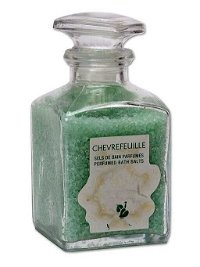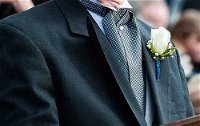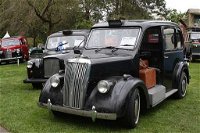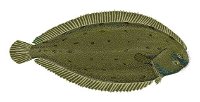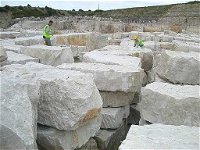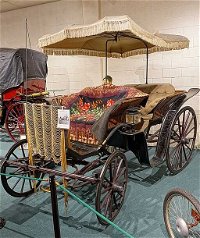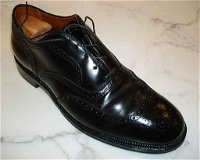
Open Your Eyes and Think of England Quiz
Though the original saying paraphrased by the title requires you to close your eyes, you'd better keep your eyes open to play this photo match quiz about various items named after places in England.
by LadyNym.
Estimated time: 3 mins.
